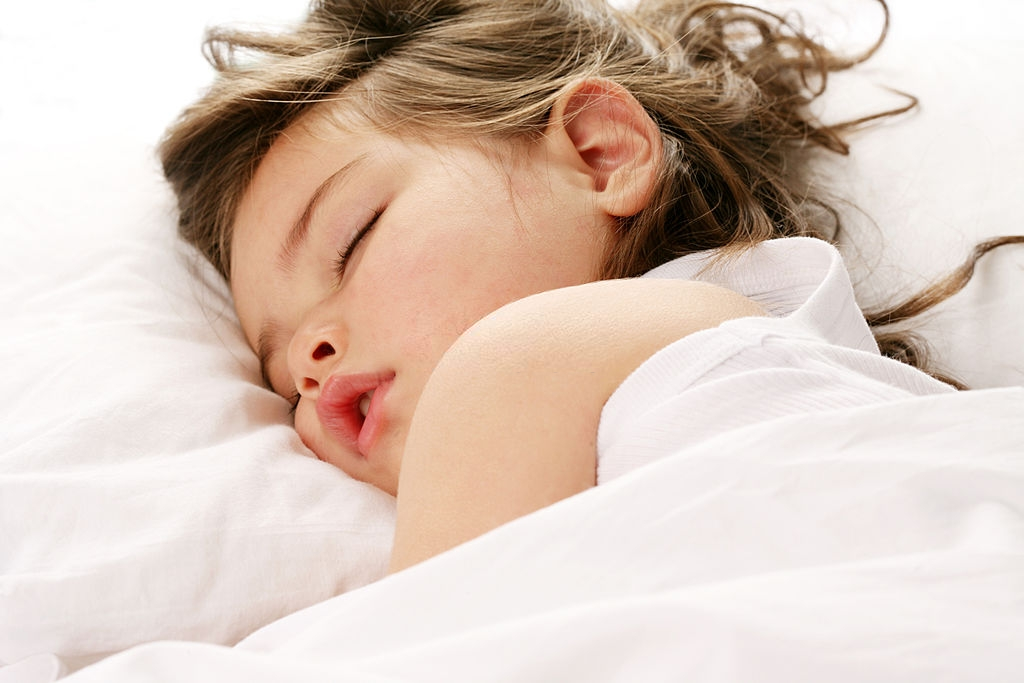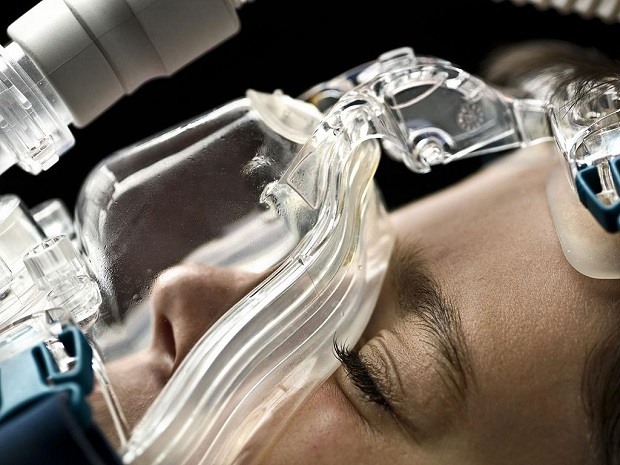Most people think of sleep apnea as something that impacts adults. It’s estimated that 22 million Americans suffer from sleep apnea, which can result in decreased quality of sleep and tiredness during the day. But it can have a more significant impact on children.
What Is Sleep Apnea?
Sleep apnea is a condition in which breathing stops and starts. Symptoms include tossing and turning in sleep, snoring, and night sweats. Because people with apnea may be waking up many times during the night, they will often be tired even after a “full” night’s sleep. Sleep apnea is more common in men and is related to obesity. People are more likely to have sleep apnea if there is a family history, have a large tongue, or had a low birth weight. Sleep apnea is also associated with conditions such as cerebral palsy, Down syndrome, sickle cell disease, and facial abnormalities.
Sleep Apnea and Children
An estimated 1 to 4 percent of children suffer from sleep apnea, which can be diagnosed by looking for the symptoms mentioned above. Children between the ages of 2 and 8 are especially likely to have sleep apnea. While some kids may grow out of it, this is not always the case.
Sleep apnea in children may be connected to attention-deficit hyperactivity disorder. (ADHD). Poor sleep due to sleep apnea can lead to difficulty learning and behavior problems such as aggression and hyperactivity, and these issues can manifest as early as seven years old. Sleep apnea can even extend to relationships with peers. Research has highlighted the impact of disordered breathing on executive functions such as cognitive flexibility, planning, and self-regulation.
Additionally, seemingly-unrelated problems such as bed-wetting, slowed growth, and hormonal and metabolic issues can be connected to sleep apnea in kids. Children who struggle with obesity are more likely to have sleep apnea. Unfortunately, poor sleep may also contribute to obesity, just as poor diet.
Risks of Sleep Apnea
It’s just as crucial for children to be treated for sleep apnea as it is for adults. Untreated sleep apnea may lead to high blood pressure and an increased risk of heart attack or stroke. Both heart attack and stroke can also contribute to sleep apnea.
Diagnosing Sleep Apnea

Sleep apnea can be diagnosed through a process known as a sleep study. A child will spend the night in a hospital or sleep clinic where researchers and medical professionals will monitor brain waves, oxygen levels, heart rate, muscle activity, and breathing pattern.
Several treatment options are available for sleep apnea if a child’s doctor believes more than monitoring is necessary. These include topical nasal steroids to relieve congestion, tonsillectomy, and changes in lifestyle to reduce obesity. Children can also use CPAP machines during sleep to receive a continuous flow of air or wear mouthpieces that position the jaw to keep the airway open.
However, sleep apnea must first be diagnosed, which means that parents must be aware of the risk of sleep apnea in children and monitor their sleeping and breathing habits.


